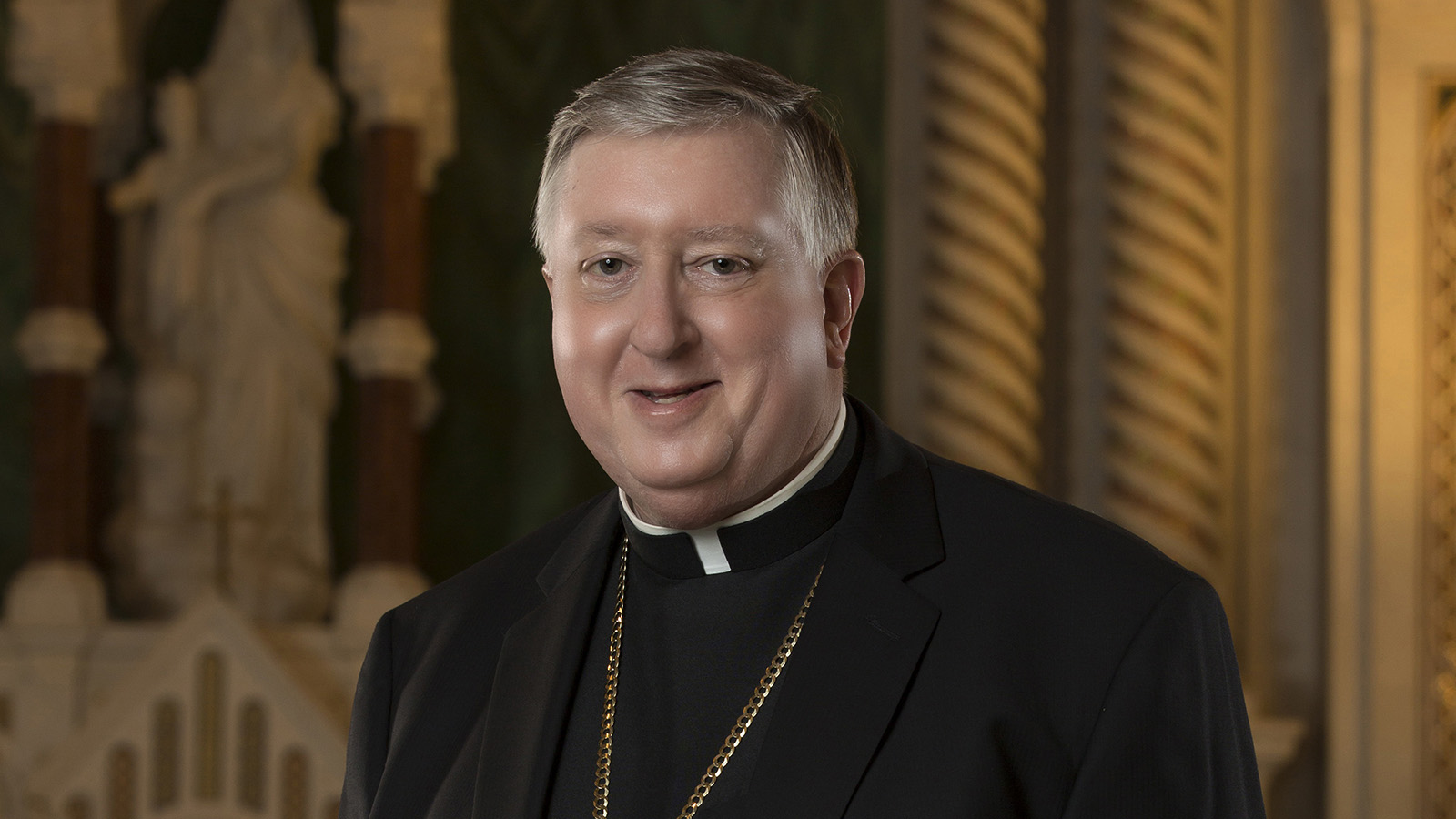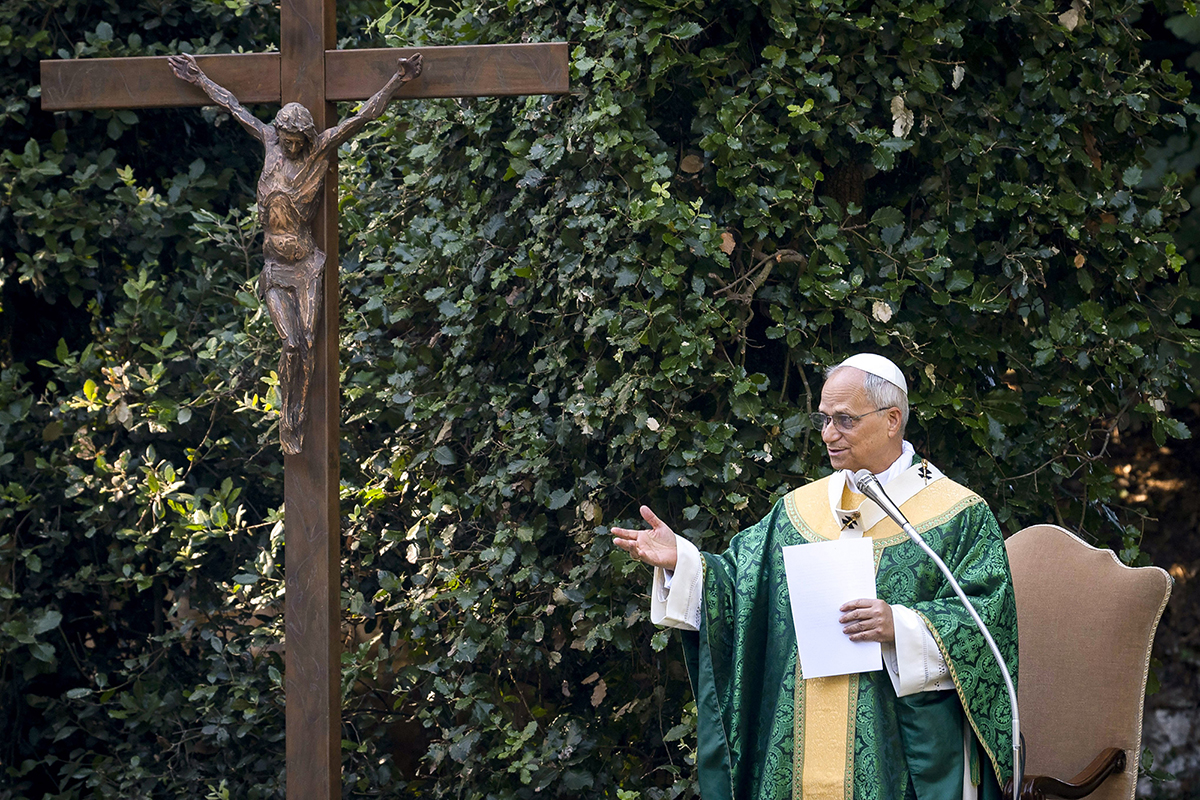DEAR FATHER | True cross relics have a long, storied history
What happened to the cross upon which Jesus died?
Traditionally on Good Friday Catholics venerate the cross by kneeling or bowing down and touching or kissing it. We believe that by the wood of the cross, Jesus saved us from our sins and gave us new life.
As noted in St. Matthew’s Gospel, the Jewish leadership after Jesus’ death didn’t want any mention of Jesus, particularly ascribing credence to the belief that He rose from the dead (Matthew 28:11-15). Following Jesus’ death, the cross was buried in a ditch and covered over with stones to prevent it being found by the early Christians.
The cross would remain lost until Constantine, the Roman emperor who first legalized Christianity, sent his mother St. Helena to Jerusalem in 327 to find the cross of Christ. Famously, she found three crosses and discovered the true one by having a sick woman touch each of them. The one that healed her was judged to be the true cross of Jesus.
A piece of the cross came with St. Helena back to Rome and was enshrined in the Basilica of the Holy Cross. The rest of the cross was kept in the Church of the Holy Sepulcher in Jerusalem. It was a popular place of pilgrimage until 614, when the Persians invaded and captured Jerusalem, and carried off the relic as a prize of their victory. In 630, the Christian Byzantine emperor Heraclius recaptured the true cross, returning most of the relic to Jerusalem, while sending part of it back to Constantinople, his capital. This event of recapturing and returning the cross to Jerusalem became the Feast of the Exultation of the Holy Cross, which is still celebrated on Sept. 14.
With the coming of the Crusades and the capturing of Jerusalem by Muslim forces, the cross was lost again. The First Crusade successfully recaptured Jerusalem and again returned the cross to the Church of the Holy Sepulcher in Jerusalem in 1099.
The main piece of the cross was lost to history in 1187. The Christian crusader army brought the relic into battle against the famous Sultan Saladin. The Christians lost the battle and there is no record of what happened to this relic after the battle.
In 1203, the Fourth Crusade was diverted to Constantinople and eventually took the city. The relic of the true cross, along with other relics from Jesus’ passion, were taken from there and sent to France. St. Louis IX famously brought them back to Paris and built the chapel of Sainte-Chapelle to house them there. Most of the relics were unfortunately lost during the French Revolution in 1794; those that now remain are in the Cathedral of Notre Dame in Paris.
The largest remaining piece of the true cross today is in Greece on Mount Athos. The Cathedral Basilica of Saint Louis also has a fragment of the true cross in its collection.
This column appeared in a previous edition of the Review.
Father Mayo is pastor of St. Raphael the Archangel Parish in St. Louis.




